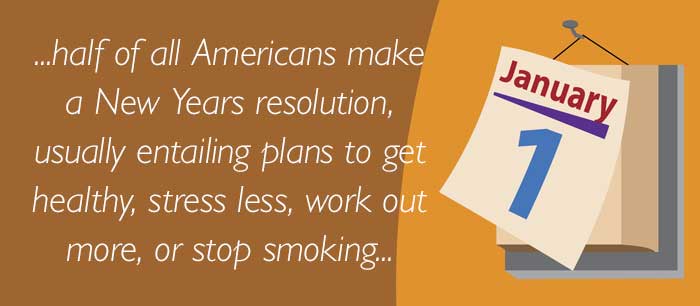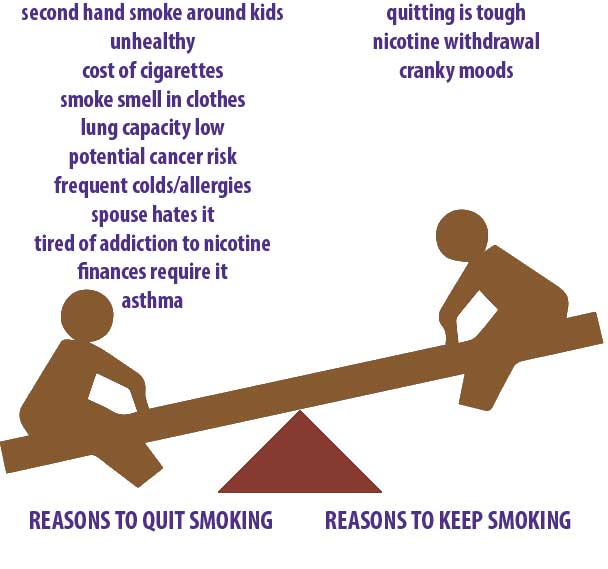The Real Reason Most New Years Resolutions Fail.
The end of 2015 is upon us, and with it brings the promise of a new year. January brings a time of reflection for the year that has passed and renewed hopes and dreams for the year ahead. About half of all Americans make a New Years resolution, usually entailing plans to get healthy, stress less, work out more, or stop smoking. Gyms are packed with good intentions, although they thin out just a few weeks later. Some experts estimate that only 8% of resolution-makers are successful in making a lasting change in their lives. With so many noble goals, why do so few people fail to reach them?
Resolutions are born when the pain or irritation of something you want to change is great enough to formulate a plan. You feel gross when you look in the mirror, so you resolve to eat healthier and exercise more. You are appalled at how your smoking habit has grown and can no longer pretend it’s just a social habit, so you finally decide to kick it once and for all. Your doctor tells you that you need to slow down your stress levels for your health, so you make grand plans to become a meditation master. Regardless of the content of the resolution, there’s a great deal of momentum initially to get you going because the emotional pain of where you begin is strong. It feels urgent and necessary, and you can easily list all of the reasons why you MUST change your ways.
Picture a playground seesaw. One side is loaded with all of the reasons why you must change, and the other side is loaded with the reasons why you wouldn’t change, even if you weren’t consciously listing them out. When the pain of your habit is heavier than the pain of quitting your bad habit, it is easy to sustain your willpower and good intentions. But as you progress in your quest, the pain lessens. 10 lbs. gone feels good and makes your weight goal not seem as bleak. Cutting back to just a few cigarettes a day seems remarkable compared to your two packs a day habit. As your emotional state of discomfort lessens, suddenly that side of the seesaw gets a little lighter, which, just like a real playground seesaw means the reasons to continue feel a little heavier.
Thus begins the cycle of yo-yo dieting, having quick successes but multiple setbacks, and repeatedly having to resolve the same things over and over again, year after year. The real problem is that most resolutions are based on a feeling that you’d like to avoid, rather than putting attention on the healthy habit you’d like to create in your life. Since your feelings about yourself and your habits are always changing, your motivation to stick to your plan waxes and wanes along with those feelings.
You can break the cycle of seesawing your way through resolutions with just a few small tweaks in how you view them.
• Focus on what you want to create in your life, rather than what you want to avoid. You have probably heard the phrase “Don’t think of a red elephant” and know that not to think about it, your mind has to first think about it or picture it! This is a huge problem when it comes to trying to break a regular habit! Telling yourself not to think about smoking means you are already thinking about smoking, and the “reasons not to quit” side of the balance beam suddenly gains some extra weight. Focus instead on a healthy habit you’d like to do, like taking a walk after dinner instead of stepping out for a smoke. Not only will engaging in a different activity throw off your automatic habit, putting your attention on the healthy thing you are doing instead of the thing you are trying to avoid allows you also to miss the pain associated with quitting.
• Set tangible goals for yourself. Vaguely hoping to “be healthier” in the New Year is an excellent idea, but without any real substance behind it to help you know you are on track, it will quickly fizzle. Think of something tangible you want to do with your healthier self. If you want to be able to run a race in June, climb a nearby mountain with your friends, or be able to run a mile without stopping, make a plan to reach a goal that you can physically see and experience, not just feel. While any improvement in your health is a step in the right direction, it can be hard to stay on track if you rely on just your emotional state at the moment to let you know how you’re doing. Emotions can vary widely based on whether or not you’ve had a good day at work, haven’t been getting enough rest, or have had some extra stress to deal with (to name a few), so your feelings about how you are doing are not always reliable if you want to sustain real change.
• Be realistic with your goals. Deciding to run a 100-mile marathon in a month when you’ve been a couch potato all winter is hardly realistic, and will set you up for quick and definitive failure. Once you have your tangible goal, honestly assess what and how long it will take to get there. Make mini goals for yourself if your end game will take more than a few months as a way to check in with yourself and stay on track.
• Remember your mind can’t take a joke. Much of making a life-changing habit is a mental game. If you begin to doubt yourself or use negative talk like “I’ll never be able to accomplish this”, your mind will work to make that a self-fulfilling prophecy by focusing on all the hardships and ways to fail. You don’t have to give yourself a pep talk every morning like this little girl, but do try to remember that you set a goal for a reason!
Human bodies are amazing things. Science helps us find out something new and exciting about our resiliency and ability to change all the time. People all over the world are breaking through our previous misconceptions about aging, living a healthy life, bouncing back after addictions and pushing themselves further than was ever thought to be possible. Having confidence that you can reach your goal is the first step towards the life you’ve always wanted.
Thanks for reading our blog and if you need to speak with us please
call us at 833.551.2356.








